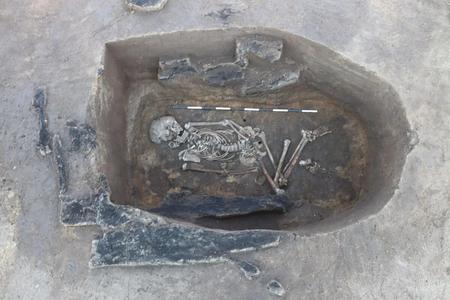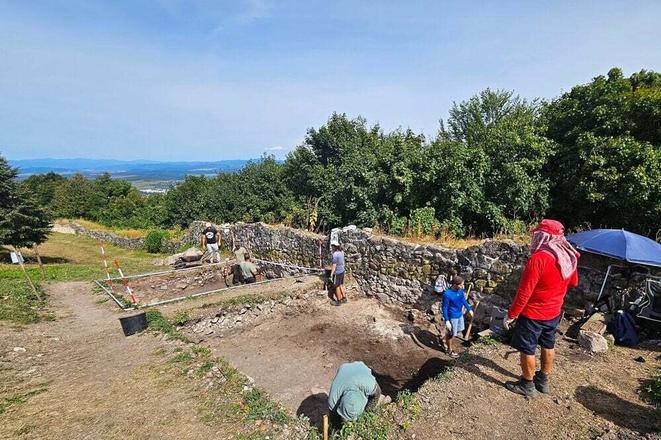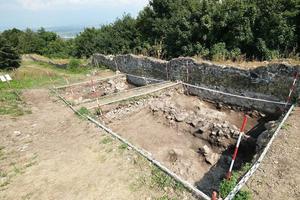Not only traces of ancient cultures, but also unexpected finds that shed new light on the development of settlements in the region around the town of Zvolen, central Slovakia.
This year may have marked the 33rd season of the archaeological research and restoration of the Pustý hrad castle ruins, but even after so many years it manages to surprise experts, reports My Zvolen website.
Jewellery, ceramics, weapons and a furnace
In recent years, archaeologists have managed to discover castle buildings, fortifications and various objects such as weapons, ceramics, bones, treasure from the Bronze Age and various jewellery from the High Middle Ages (1000-1300), which offer a glimpse into the past of this area.
"In the first and second probes this year, a layer of rubble fill was excavated near the eastern wall of the upper part of the castle, in which finds from the late Middle Ages had appeared sporadically. Subsequently, a layer rich in finds from the 13th century was investigated," said archaeologist and head of research at the castle, Ján Beljak.
Among the finds were arrowheads, nails, militaria, scabbard forging, ceramics and a denarius of king Ladislaus IV of Hungary, who ruled in the years 1272-1290.
The collection of finds is complemented by a rich collection of ceramic discoveries from the Bronze Age.

A kiln from 1997
"The discovery of a pottery kiln, the construction of which we can date back to 1997, is interesting," said the archaeologist.
"It was built by Albert Loydl [an employee of the Slovak Academy of Sciences archaeology department - Ed.] and he made reconstructions of mediaeval vessels here. The probes also confirm that the area next to the eastern wall of the upper part of the castle was intensively used in the Middle Ages, while the top platform of the castle itself was minimally used," the expert explained.
In August, the masons also cooperated in full cooperation, concentrating on the entrance gate of the so-called Donč Castle and part of its transverse wall.


 This year may have marked the 33rd season of the archaeological research and restoration of the Pustý Hrad castle ruins, but even after so many years it manages to surprise experts. (source: Ján Beljak)
This year may have marked the 33rd season of the archaeological research and restoration of the Pustý Hrad castle ruins, but even after so many years it manages to surprise experts. (source: Ján Beljak)


